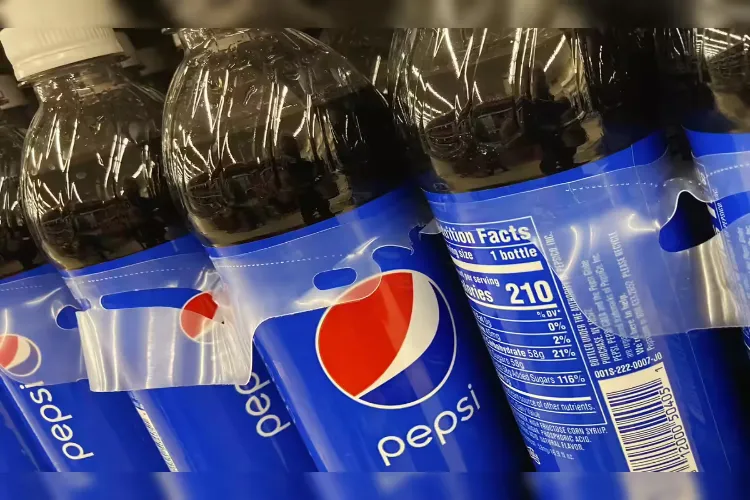
New Delhi
Despite interruption due to weather disruptions, the Indian soft drink industry is expected to return to a growth of 10 per cent, said a report by Systematix Institutional Equities.
The Carbonated Soft Drinks (CSD) industry is expected to deliver strong double-digit growth medium-term; historically, it has grown 13-14 per cent.
The report citing the experts stated that the carbonated soft drinks (CSD) market of Rs 300 billion should deliver strong double-digit growth over the medium term.
By definition, Carbonated Soft Drinks are non-alcoholic beverages containing usually carbonated water and flavouring and then sweetened with sugar or a non-caloric sweetener.
The Indian markets consist mainly of Liquid Refreshment Beverages (LRB), which include CSD, water, juices & nectars/juice-based drinks, energy drinks, and sports drinks.
Soft drinks make up 40-45 per cent of the overall market, energy drinks 8-10 per cent, juices 5 per cent, and sports drinks 1-2 per cent; the balance is water.
About 50 per cent of the market is with local players and 50 per cent with major players, Bisleri, Kinley, Aquafina, and Bailey.
The report highlighted that per capita beverage consumption is low in India, even lower than in Bangladesh and Pakistan.
Going further, the report added that post-GST competition from regional players has eased in the Indian markets.
The Bindu-Jeera drink in the South and Karachi Soda in the North had a 75-80 per cent category share, which is also coming down, the report added.
It further added that larger players are seeing some share shift from local players.
In Tamil Nadu for instance, apart from Bovonto, there is no other local brand available, the report added.
ALSO READ: Kashmiri environmentalist Manzoor Wangnoo revives twin lakes in Srinagar
India's soft drink industry is a rapidly growing segment, driven by rising disposable incomes, urbanisation, and a youthful population. Dominated by global players, the market also sees the presence of various local brands. Increasing demand for healthier, low-sugar, and regional flavours is shaping future growth and innovation.
